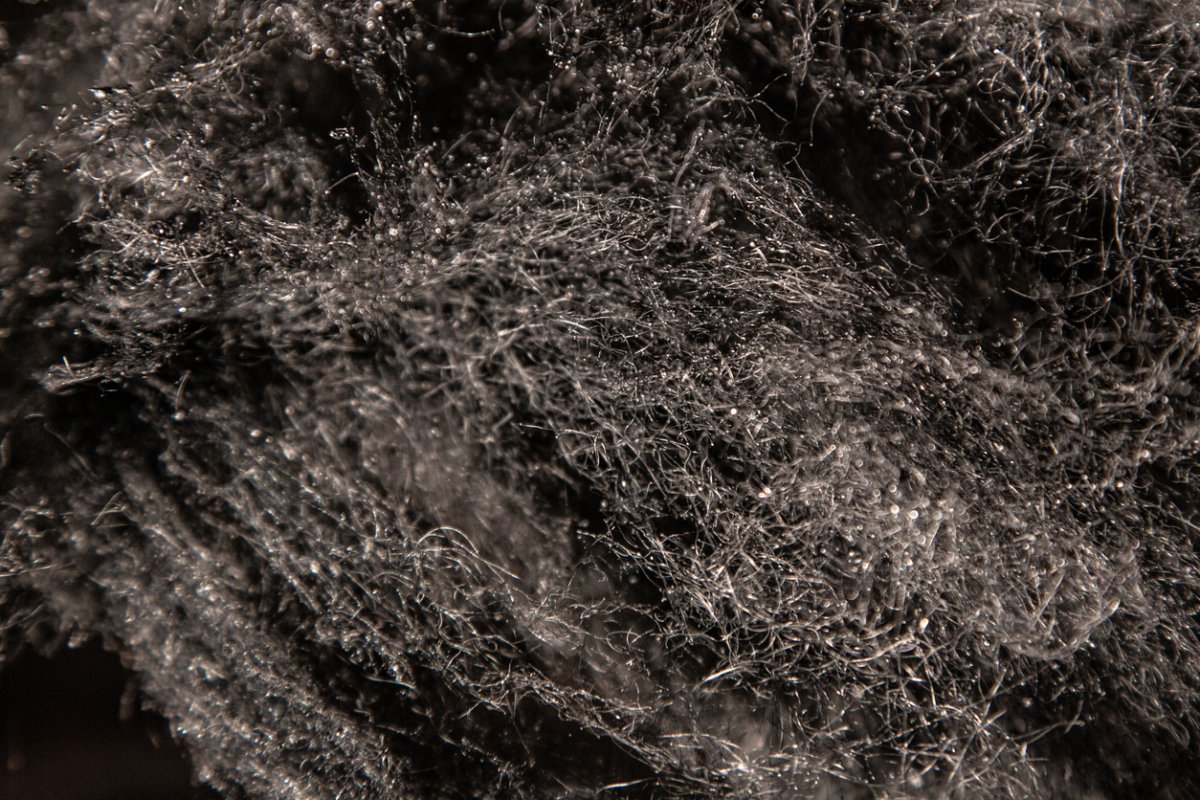We may earn revenue from the products available on this page and participate in affiliate programs. Learn More ›
Steel Wool, Still Going Strong
A tool that’s now commonplace in the modern home, steel wool came about somewhat by accident. It is believed that 19th-century mechanics used to gather up the shavings beneath their lathes and use them to polish up metal surfaces. By the early 20th century, steel wool was a mass-produced cleaning tool, still made from thin, shaved steel. Sold in small rolls or formed into pads that are sometimes soaked in soap, this handy product is a valued helper in homes and workshops everywhere.
Steel wool is manufactured in eight grades, which range from extra-coarse (grade 4) to super fine (grade 0000). The coarser the wire, the more abrasive the steel wool. There are myriad ways to make the most of steel wool’s unique abrasive properties, especially for the finest grades.
1. Maintain Garden Tools
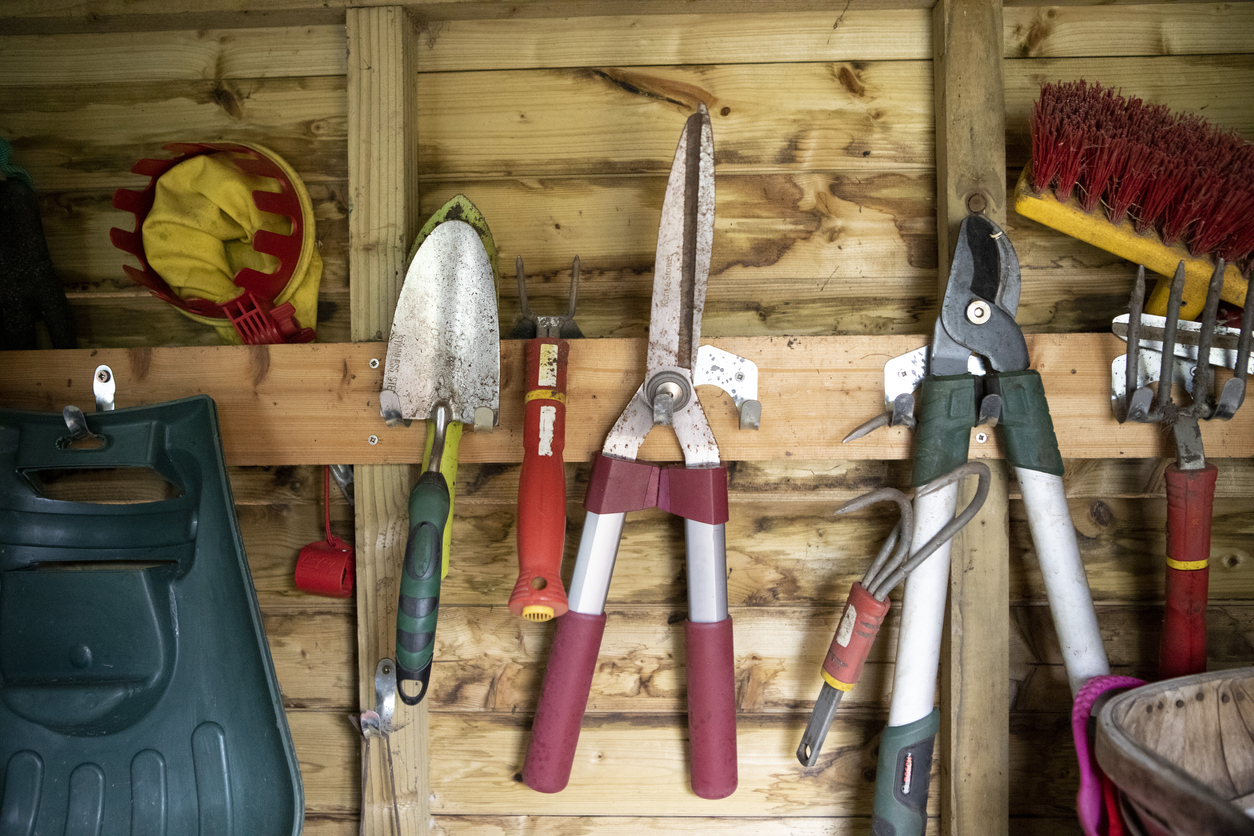
Give your garden tools a spa treatment at the end of each season. Rub them clean with a piece of 000 (extra-fine) steel wool soaked in ordinary household oil. Wipe them dry with a clean rag before putting them away for winter, and they’ll be ready to hit the ground running come spring.
RELATED: The Best Gardening Tools
2. Keep Out Rodents

Block mice and other vermin from entering your home through small holes around pipes, baseboards, and other vulnerable areas. Stuff some steel wool into those entry points and seal it up with heavy-duty tape. Even mice don’t want metal mouth!
RELATED: 10 Telltale Signs of Mice to Never Ignore
3. Start a Campfire

Wrap a small piece of steel wool around a cotton ball to make a quick and easy campfire starter. Store a few in an airtight container or bag until you’re ready to use them. When you want to start a fire, fluff up the cotton ball and ignite the steel wool by rubbing the leads of a 9V battery over it. Throw on some tinder, and you’ve got yourself a campfire.
RELATED: The Ultimate Backyard Camping Guide for Summer
4. Distress a Paint Finish

Use steel wool to take down the gloss on a paint finish and achieve a distressed look on your furniture. More malleable than sandpaper, steel wool is easier to hold and molds more readily around awkward shapes. You can also use a finer-grade steel wool for burnishing.
5. Tighten a Loose Screw
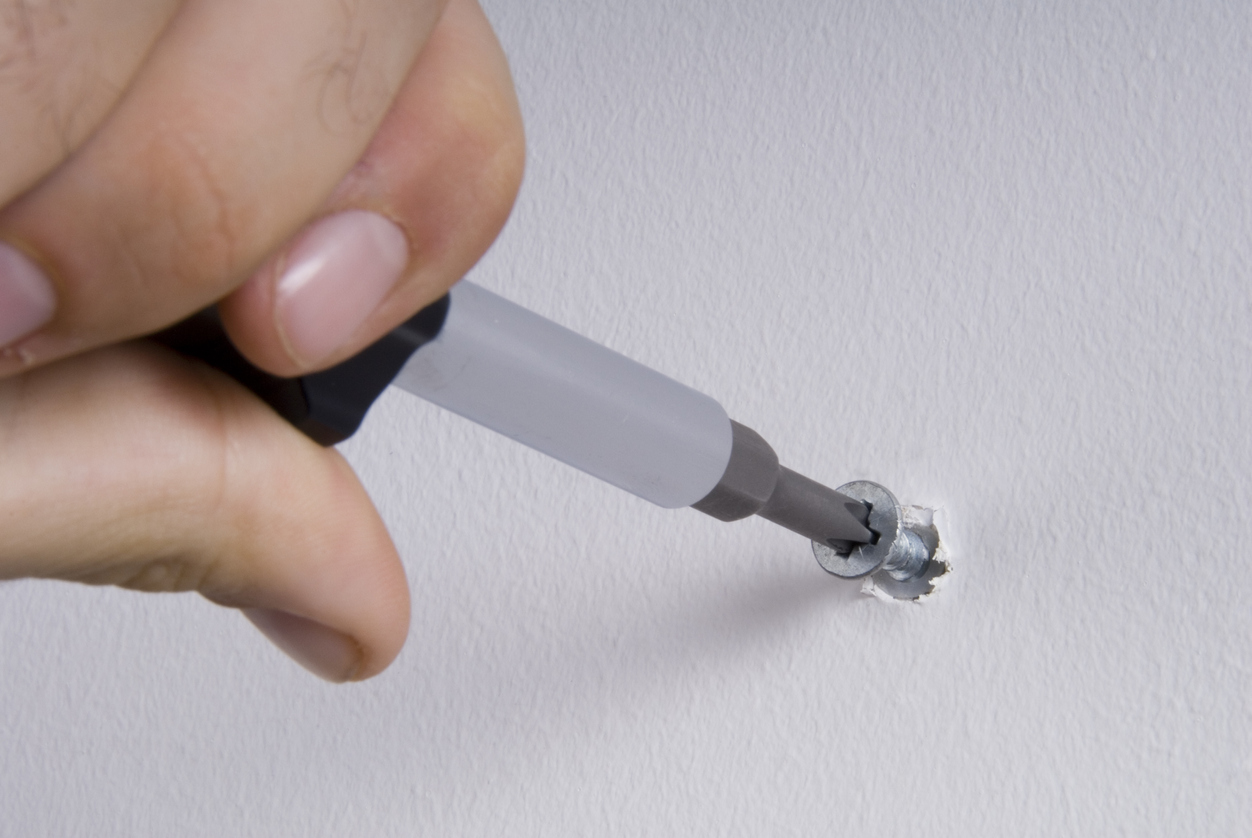
Wind a little steel wool around a screw before putting it back into a hole that’s loosened up over time. The steel wool will tighten it up and help hold the screw in place.
RELATED: 26 Insanely Easy Home Improvements You Can Do in 1 Hour
6. Polish Brass

Take the tarnish off real brass with some extra-fine steel wool. It works equally well with a commercial polish or a DIY concoction of salt and lemon juice. Avoid using steel wool on brass plate, as it can scratch the thin plating. How can you tell the difference between brass and brass plate? A magnet will stick to brass plate, but not to real brass.
RELATED: 20 Crazy Cleaning Tips That Actually Work
7. Finishing or Refinishing Woodwork

Use the finest grade (0000) steel wool to smooth the surface on a piece you’ve stained and shellacked. It will remove any dust particles that may have settled during drying and give you a super smooth surface for that final coat of shellac.
8. Remove Rust
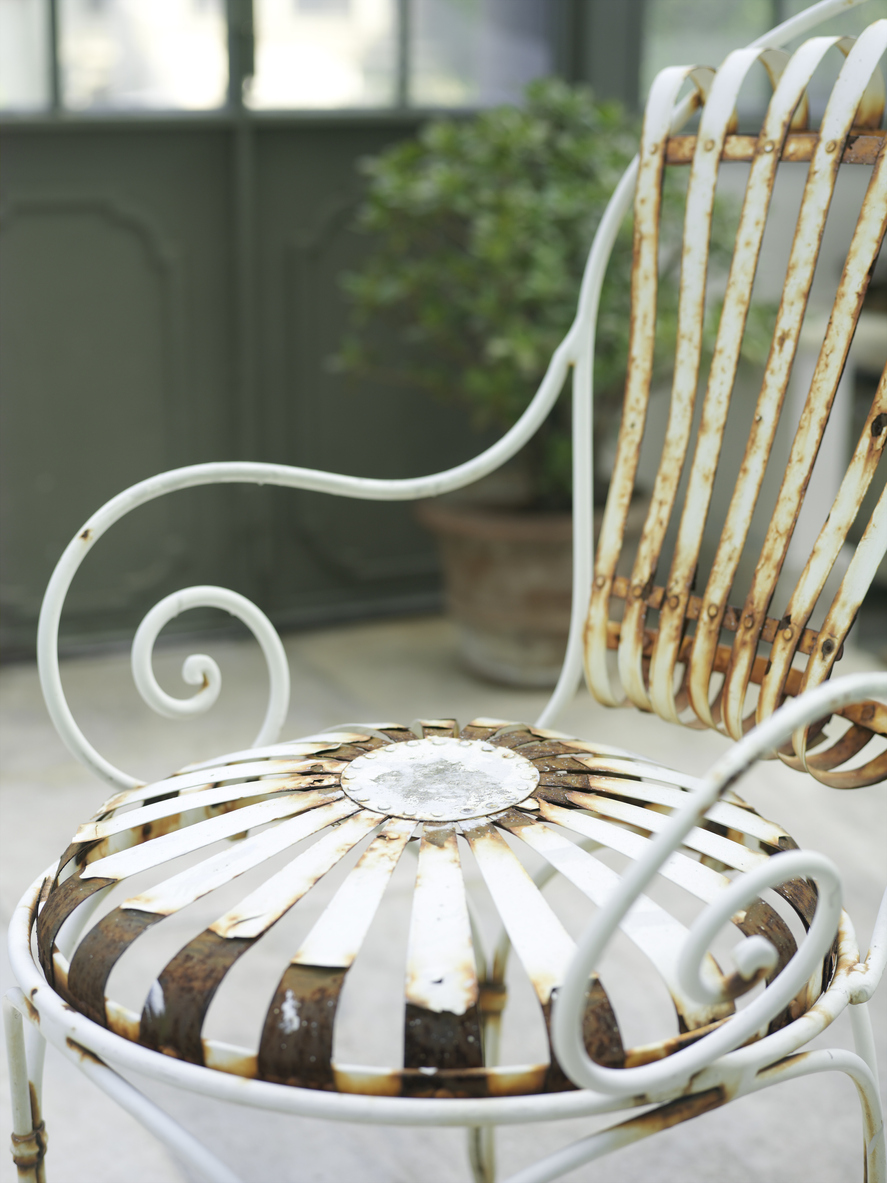
Rid your upcycling projects of rust by working over the rusty spots with steel wool until it’s clean. If you’re planning on spray painting the project afterward, use that steel wool to rough up the entire surface of the piece so the paint has something to cling to.
RELATED: 5 Ways to Remove Rust Stains with Common Pantry Staples
9. Clean Tires
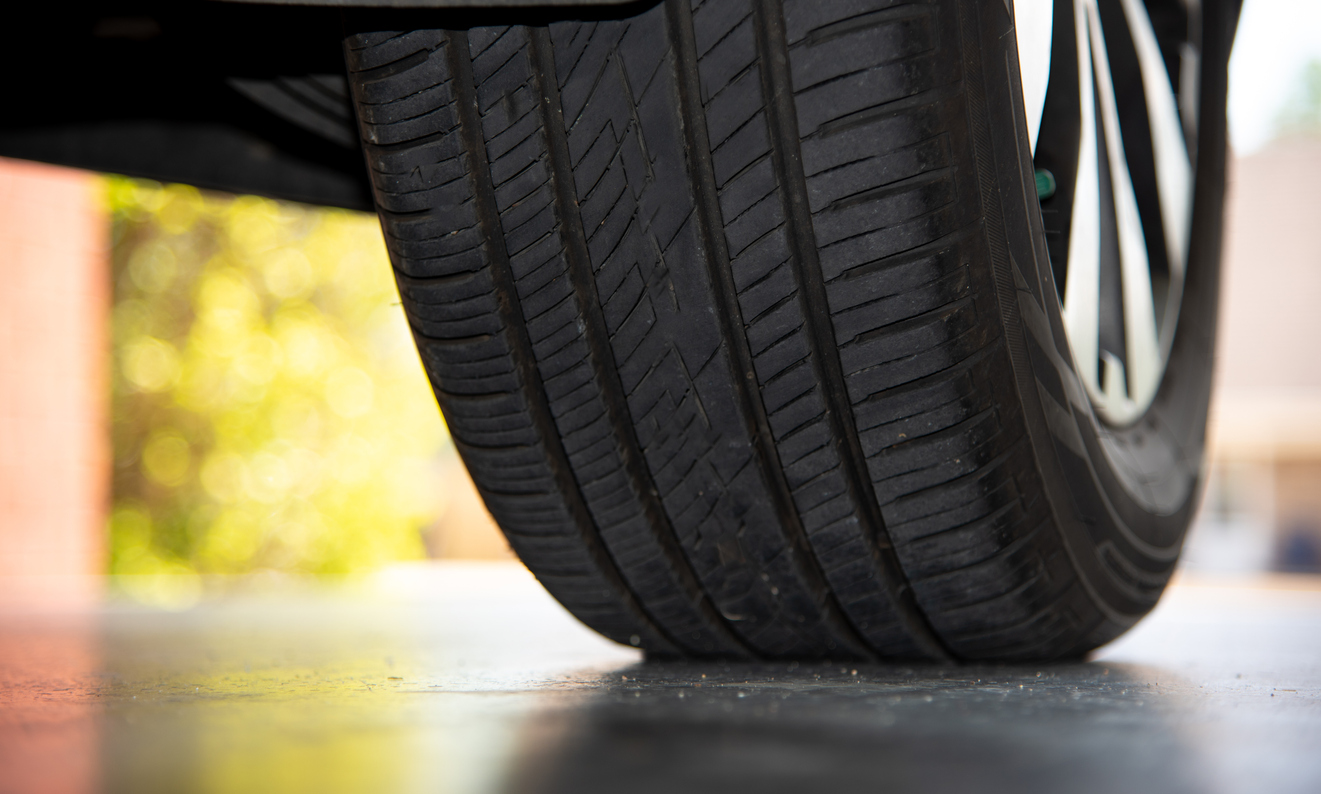
Revive tired-looking tires by applying WD-40 and scrubbing them down with the finest (0000) steel wool. Whether black-walls or white-walls, they’ll gleam with new life.
RELATED: Best Car Accessories: 19 Gadgets Your Ride Really Needs
10. Wash Your Windows

Use the finest steel wool to clean your windows without water or chemicals. Keep a vacuum handy to remove all the grime you loosen as well as the dust created by the steel wool. If your window framing is aluminum, you can clean it with steel wool as well—and then let the sun shine in!
RELATED: 16 Tips for Your Cleanest Windows Ever
11. Remove Scuffs on Sneakers
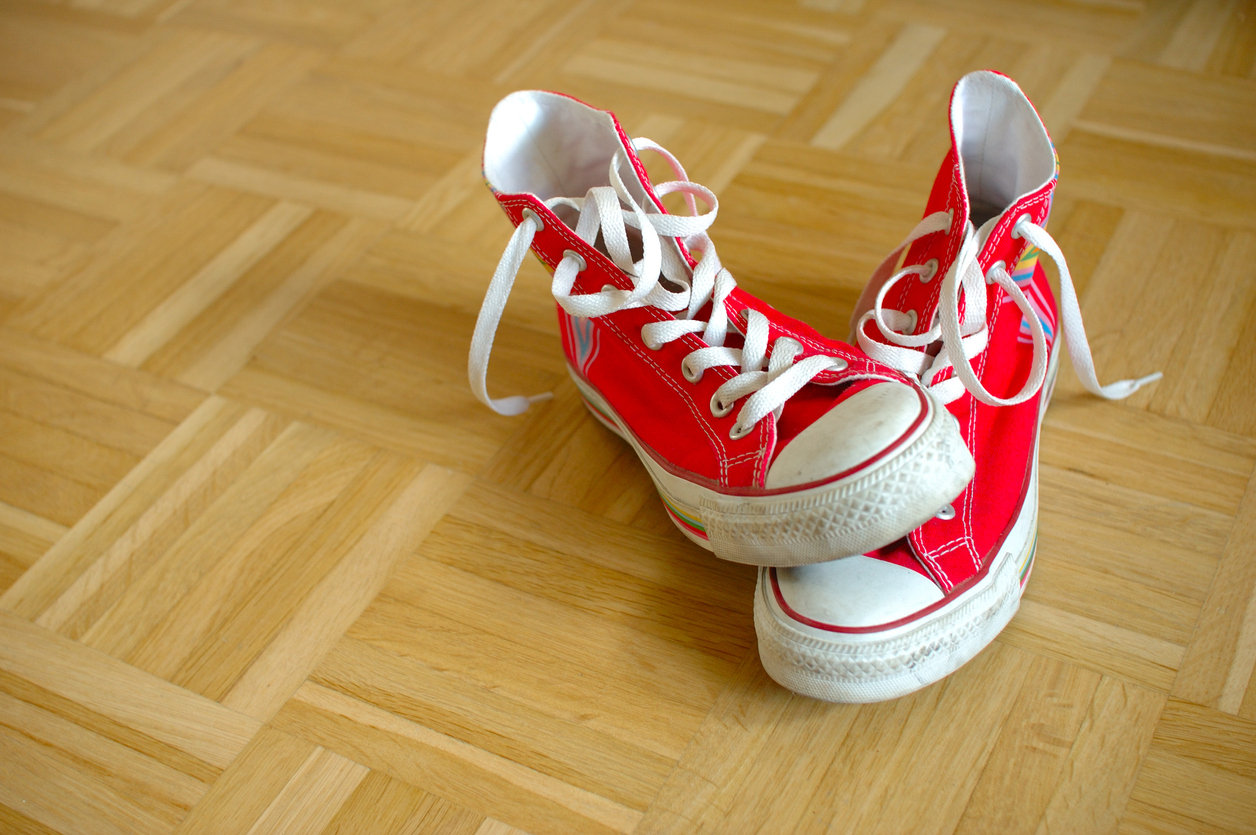
Give the midsoles of scuffed-up sneakers a makeover by brushing them up with steel wool, toothpaste, and some old-fashioned elbow grease. Then rinse with water. Your kicks will thank you.
12. Clean Your Grill Grates

Eliminate stubborn, stuck-on deposits on your grill grates with steel wool. Soak the grates in soapy water first to soften the worst gunk, then go to work with some steel wool. With a little muscle and effort, you’ll be searing up steaks on clean grates in no time.
RELATED: Solved! This is the Best Time to Buy a Grill
13. Erase Scuff Marks

When shoes leave black marks on vinyl flooring, all it takes is a little steel wool and water to remove the scuffs. Throw in a little elbow grease, and you’ll soon have your vinyl floor shining again. Dampened steel wool can also help get crayon marks off wallpaper when your toddlers decide to add their own artistic expression to the design.
14. Strain Hair in the Tub
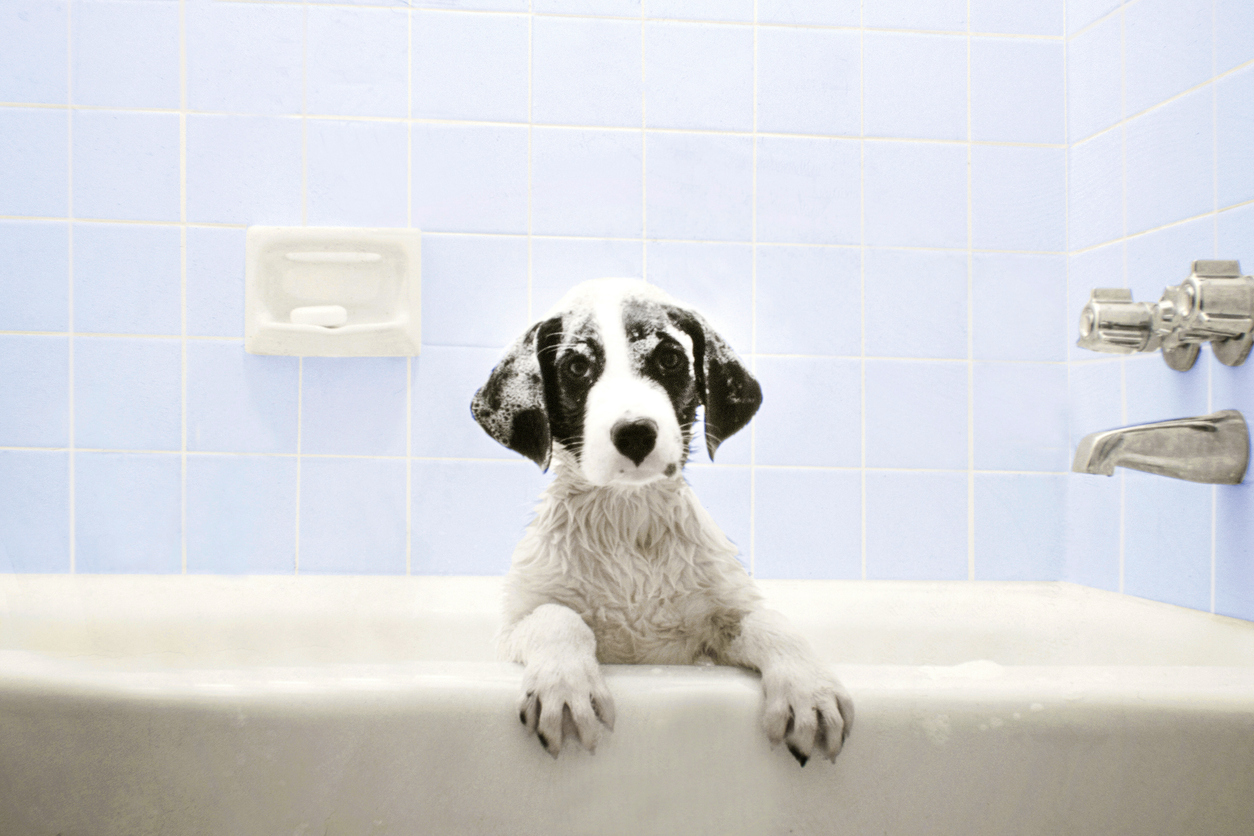
When washing dogs, lay a thin strip of steel wool in the drain before starting. The steel wool will let water through but should catch those annoying dog hairs along with the grass, sticks, and unidentifiable debris that catch in thick coats. When you’re done, there’s no need to clean out the drain—just lift up the steel wool and throw it away.
RELATED: The Best Shower Drain Hair Catchers
15. Make a Homemade Stain
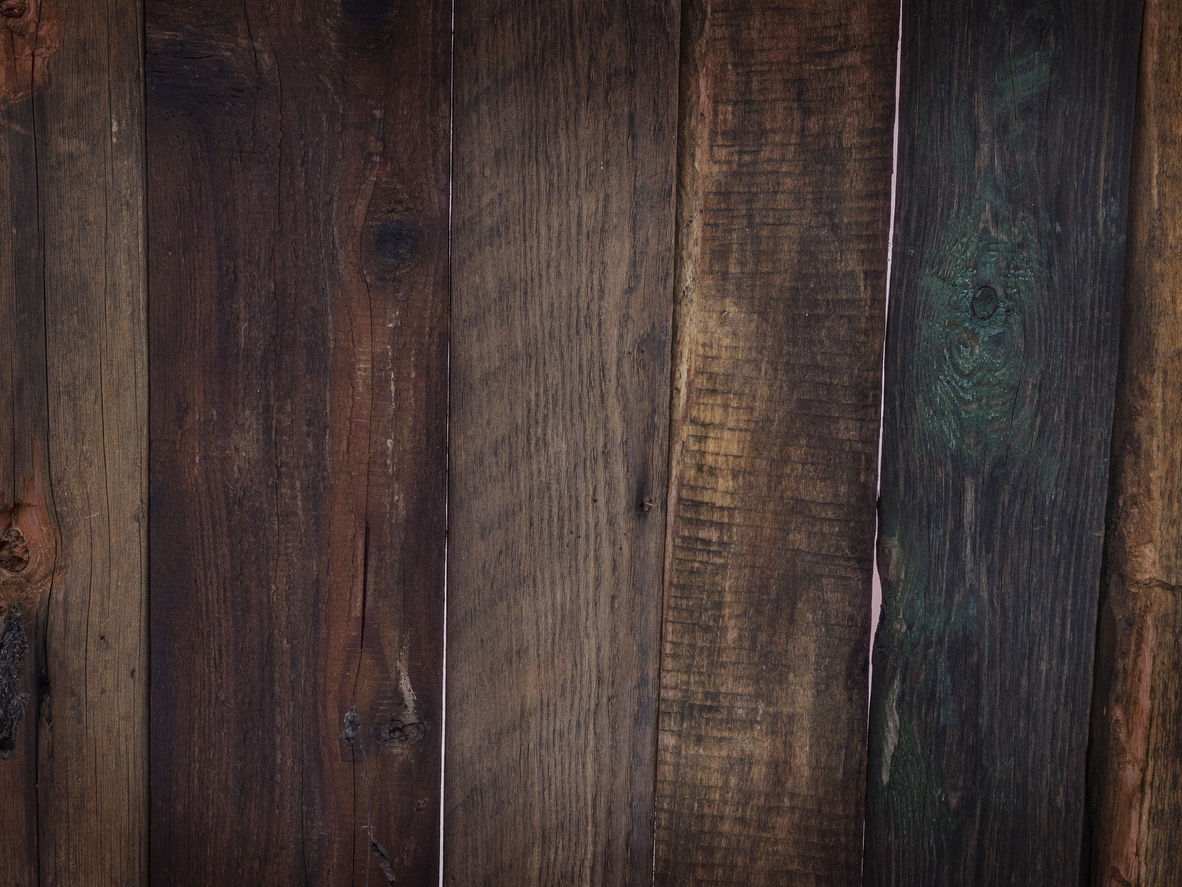
Although steel wool is typically used to help remove stains, it can also create a stain for wood projects. Simply put some steel wool into a glass jar and pour white vinegar over it. The vinegar will remove the protective coating on the steel wool, letting the iron in the wool react with the surrounding oxygen, causing it to oxidize, or rust. Lightly cover the jar to keep out dust, but keep a gap open so the gasses formed by the reaction can escape. Let the steel wool soak for at least a few hours and up to several days. The longer the soak, the darker the stain. You can speed up the process by using finer steel wool and placing the jar in sunlight. When you have achieved the desired shade, brush it on your wood and let it dry for an aged patina.
16. Clean Headlights
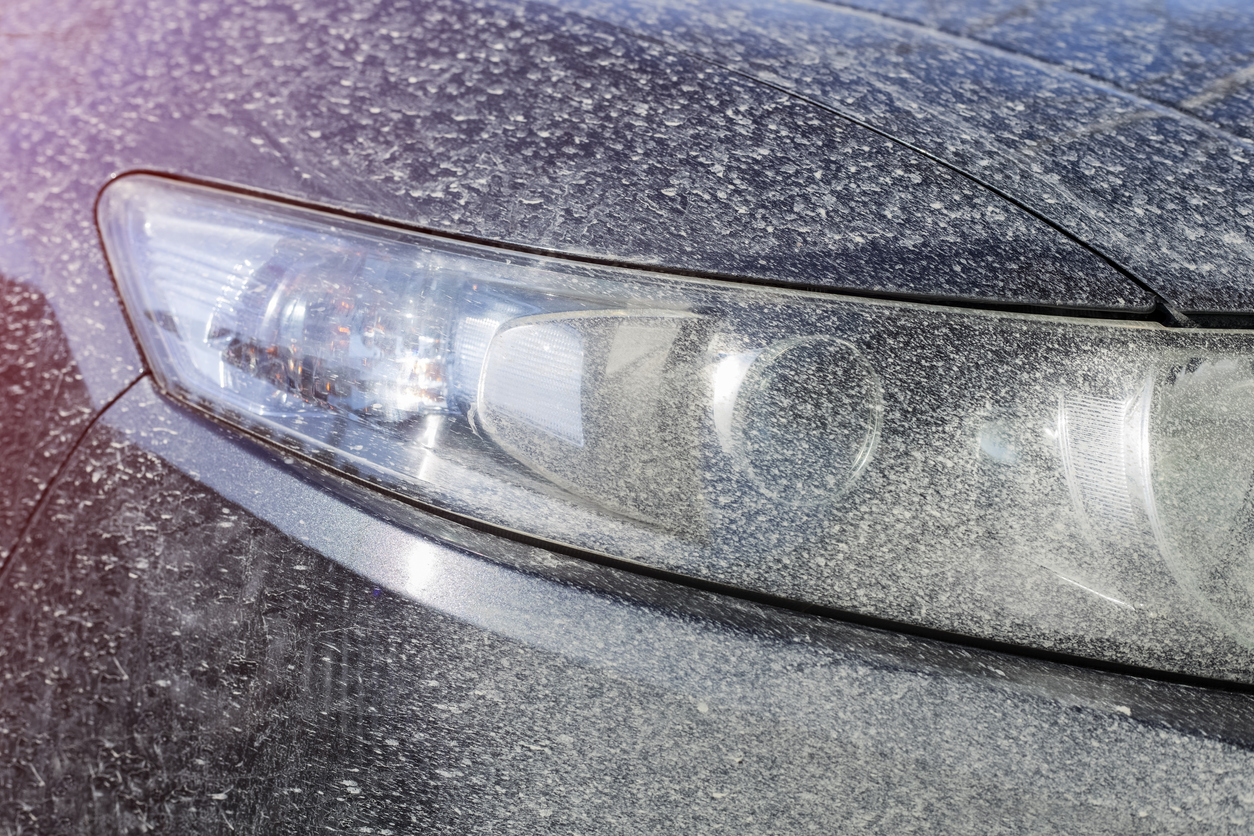
Car headlights are constantly assaulted by dirt, mud, and unlucky insects. When regular cleaners fail to get rid of the gunk, use the finest steel wool and white toothpaste to restore your headlights’ luster. Rub the toothpaste on the headlights with the steel wool for a few minutes, then wipe thoroughly with a soft cloth. After you’ve removed the dirt and toothpaste film, apply car wax to help keep the headlights clean.
17. Sharpen Scissors
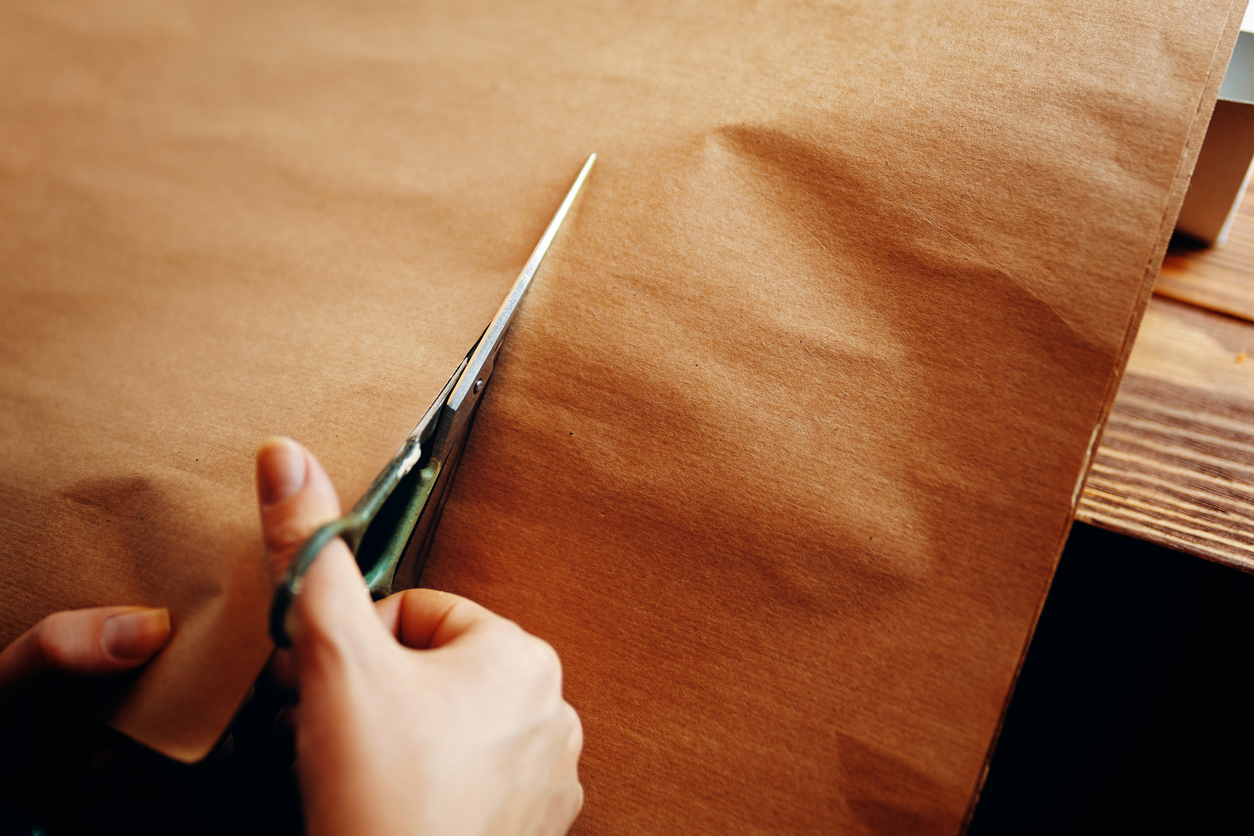
Keep your scissors superbly sharp by periodically using them to cut through a piece of steel wool. Repeat with another cut if needed. If you do this regularly, you may not need to have the scissors professionally sharpened.

